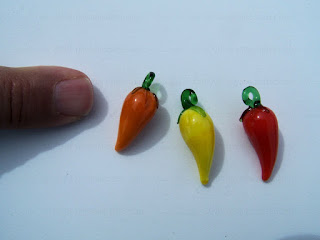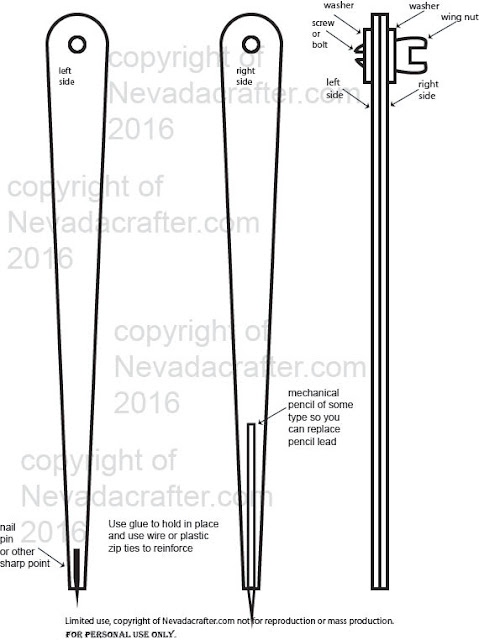This project is a great DIY that will save you money and can make a great gift depending on how fancy you want to get with it.
 It is a basic shoe brush for knocking the dirt and mud off your shoes before coming into the house. As you can see from the photo below I used a couple of scrap pieces of 2"X 8". The bottom one is approximately 14 inches in length and the side piece is about 7 to 8 in length. I screwed the short 2 x 8 at a right angle to the longer piece with 3" screws, making sure the screws are heavy enough to withstand being kicked and rubbed against.
It is a basic shoe brush for knocking the dirt and mud off your shoes before coming into the house. As you can see from the photo below I used a couple of scrap pieces of 2"X 8". The bottom one is approximately 14 inches in length and the side piece is about 7 to 8 in length. I screwed the short 2 x 8 at a right angle to the longer piece with 3" screws, making sure the screws are heavy enough to withstand being kicked and rubbed against.The brushes are scrubbed brushes from the dollar store. They had a screw-on back that I removed and discarded and using the existing screw holes I used 1 1/2" screws to secure the brushes to the boards. Now I found these scrub brushes in the housewares section and could have just as easily used wooden brushes and simply predrilled my holes.
And that was the complete project with a total cost of about four dollars. Now I could've gotten a little more fancy by adding a metal plate for scraping your boots on, but the heavy 2" X 8" I think will work just as well without. Now you could put Thompson's water seal on your project and that will help your project last a little bit longer. The main thing I was looking for was a shoe brush and boot scraper that wouldn't cost an arm and a leg. Most of the ones that I saw online were upwards of $15-$30 and the few that I tried didn't last more than one season. The worst-case scenario with this one is that I might have to replace the brushes at a total cost of three dollars.
As it turns out, it also could turn into a moneymaker, as I've already had several people offer to pay upwards of $10-$15 for one.
So happy Nevada crafting and have a great day.
For other such projects sure to check out our website nevadacrafter.com and also be sure and check out our other blogs.
For free patterns and concept ideas http://patterns44.blogspot.com/
For more craft projects http://craft44.blogspot.com/
For 3-D pen project ideas http://3dpenideas.blogspot.com/
























